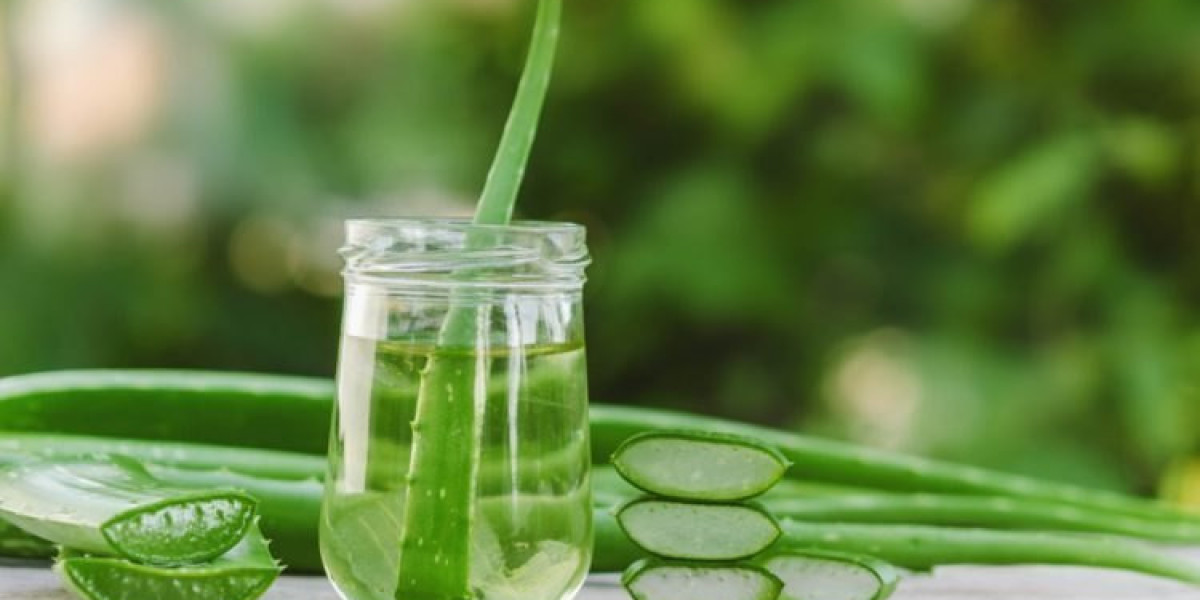Introduction
Have you ever wondered about the vibrant tapestry of a culture that celebrates the bounty of nature and the enduring spirit of its people? If so, then Onam, Kerala's grand harvest festival, is a must-explore. More than just a celebration of abundance, Onam encapsulates the essence of Kerala's rich heritage, its traditions, and its unwavering optimism.
A Brief History of Onam
Onam, a ten-day festival, is celebrated primarily in the southern Indian state of Kerala. Its origins can be traced back to ancient Hindu mythology, where it is believed to commemorate the return of King Mahabali, a benevolent ruler who was sent to the underworld by Lord Vishnu. Every year during Onam, it is believed that King Mahabali visits his people, and they prepare to welcome him with great joy and festivity.
The Significance of Onam
Beyond its mythological roots, Onam holds immense significance for the people of Kerala. It marks the end of the monsoon season and the beginning of the harvest season. As the fields are filled with ripe crops, it's a time of abundance and gratitude. Onam also symbolizes unity, as people from all walks of life come together to celebrate. It's a time for family reunions, cultural events, and delicious feasts.
Key Traditions and Celebrations
Onam is a vibrant festival filled with colourful traditions and celebrations. Here are some of the key highlights:
Pookalam: One of the most iconic symbols of Onam is the Pookalam, a floral carpet created using colourful flowers. Families and communities come together to create intricate designs, often depicting mythological scenes or cultural symbols.
Vallam Kali: Also known as the Snake Boat Races, Vallam Kali is a thrilling water sport where teams compete in long, ornate boats. It's a spectacular sight, attracting thousands of spectators from all over the world.
Onam Sadya: A traditional Onam feast, the Onasadhya is a sumptuous spread of over 20 dishes, served on a banana leaf. The feast includes a variety of vegetarian dishes, such as rice, sambar, rasam, curry, and various pickles and chutneys.
Thiruvathira Kali: A graceful dance performance, Thiruvathira Kali is performed by women in traditional attire. It's a beautiful sight, filled with the rhythmic movements of the dancers and the enchanting tunes of the music.
Pulikali: A colourful and vibrant tradition, Pulikali involves people dressing up as tigers and lions, often painted in bright colours. They dance to the beat of drums, creating a festive atmosphere.
Onam and Modern Kerala
While Onam is rooted in ancient traditions, it has also evolved to adapt to modern times. Today, Onam is celebrated with great enthusiasm not only in Kerala but also by Malayali communities around the world. The festival has become a symbol of Kerala's cultural identity and a way to connect with one's roots.
Conclusion
Onam is more than just a festival; it's a celebration of life, culture, and the enduring spirit of the people of Kerala. It's a time to come together, celebrate the bounty of nature, and cherish the traditions that have been passed down through generations. Whether you're a Keralite or simply someone who appreciates the beauty of cultural celebrations, Onam offers a unique and unforgettable experience. And while the traditional Onam Sadya is a feast to be savoured, the convenience of ready meals has made it easier for people to enjoy the flavours of Onam even during busy times.







